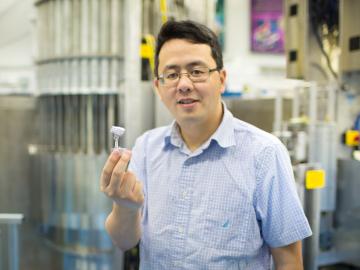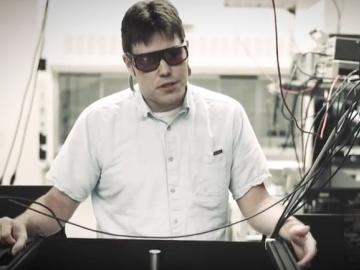
Filter News
Area of Research
- (-) Materials (21)
- (-) Neutron Science (17)
- Advanced Manufacturing (4)
- Biological Systems (2)
- Biology and Environment (7)
- Clean Energy (41)
- Climate and Environmental Systems (1)
- Data (1)
- Fossil Energy (1)
- Isotope Development and Production (1)
- Nuclear Science and Technology (6)
- Sensors and Controls (1)
- Supercomputing (17)
- Transportation Systems (1)
Media Contacts
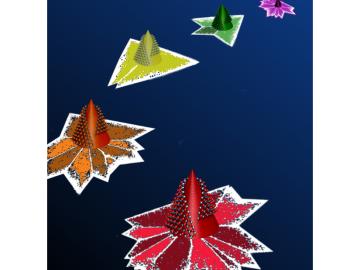
Rice University researchers have learned to manipulate two-dimensional materials to design in defects that enhance the materials’ properties. The Rice lab of theoretical physicist Boris Yakobson and colleagues at the Department of Energy’s Oak Ridge National Laboratory are combi...

After more than a year of operation at the Department of Energy’s (DOE’s) Oak Ridge National Laboratory (ORNL), the COHERENT experiment, using the world’s smallest neutrino detector, has found a big fingerprint of the elusive, electrically neutral particles that interact only weakly with matter.

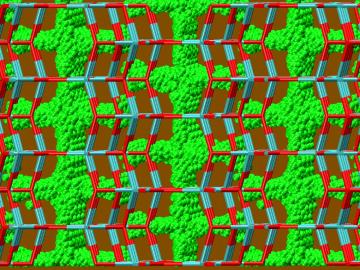
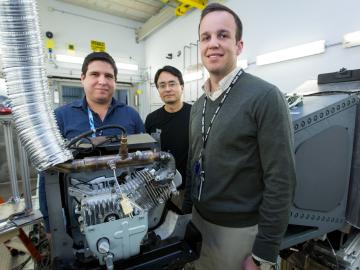

Researchers used neutrons to probe a running engine at ORNL’s Spallation Neutron Source
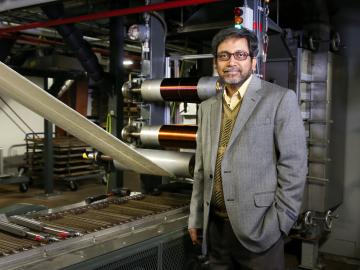
Finding new energy uses for underrated materials is a recurring theme across Amit Naskar’s research portfolio. Since joining Oak Ridge National Laboratory in 2006, he has studied low-cost polymers as carbon fiber precursors, turning lignin−a byproduct of biofuel production−into renewable thermoplastics and creating carbon battery electrodes from recycled tires.

